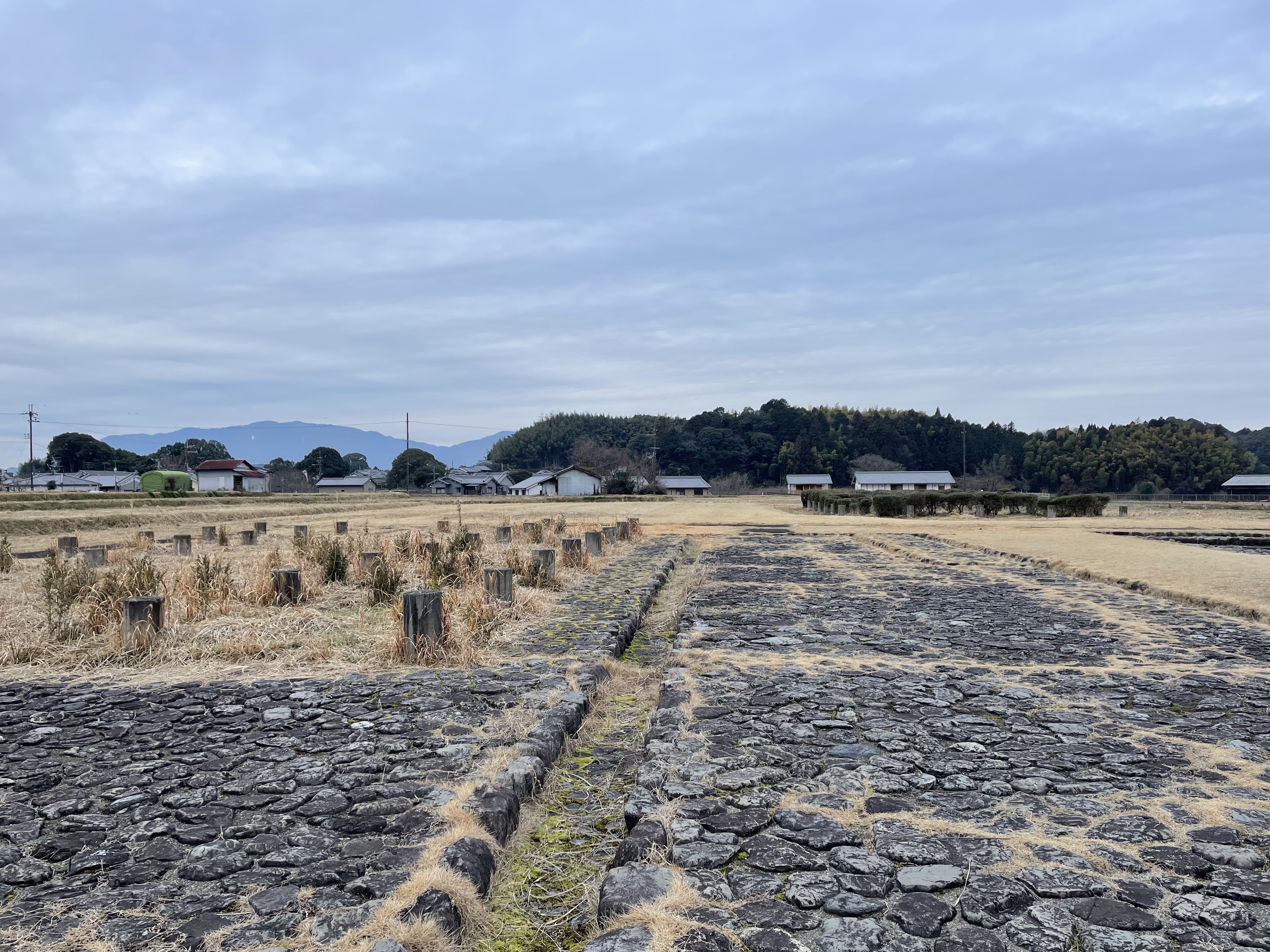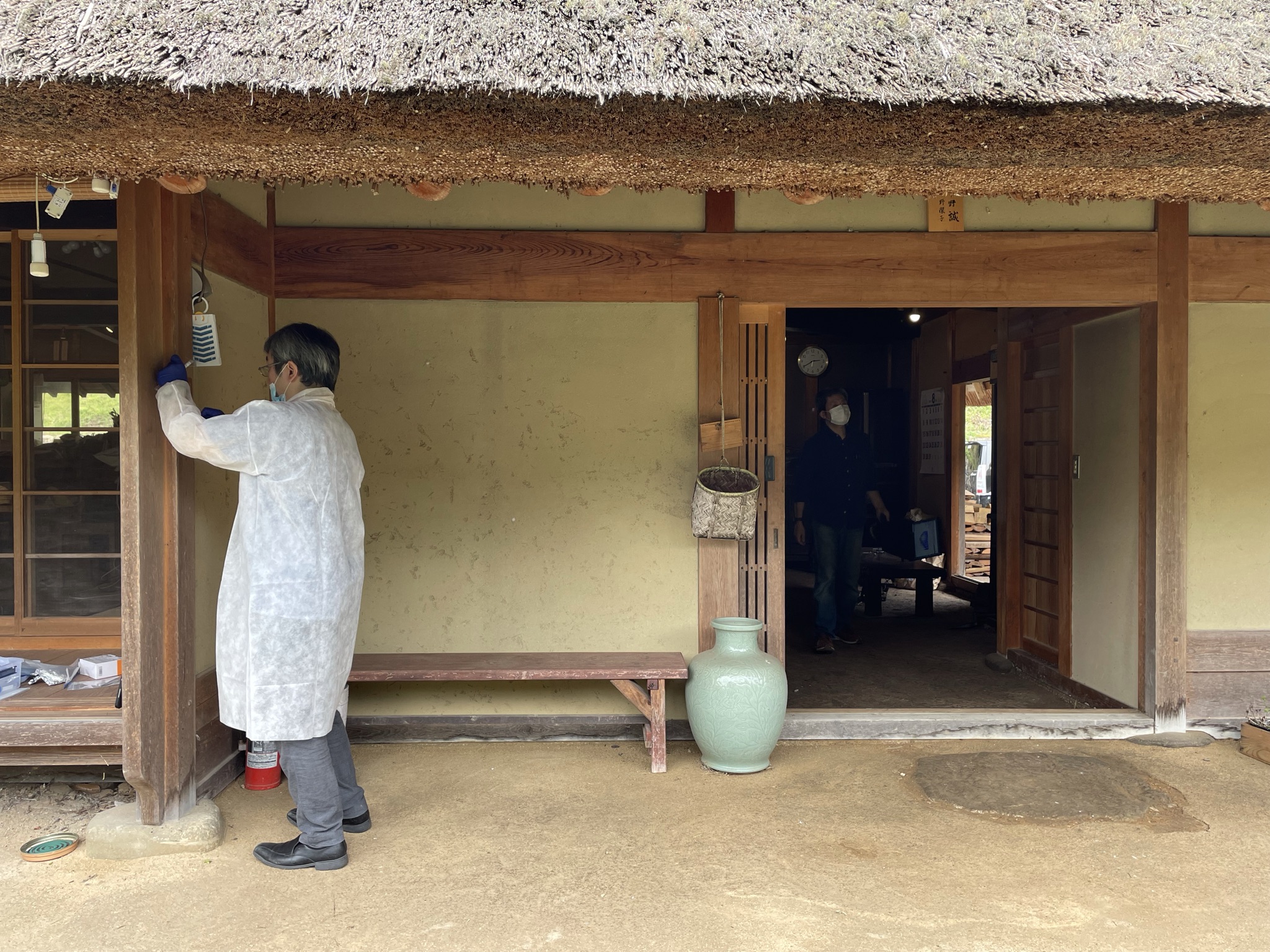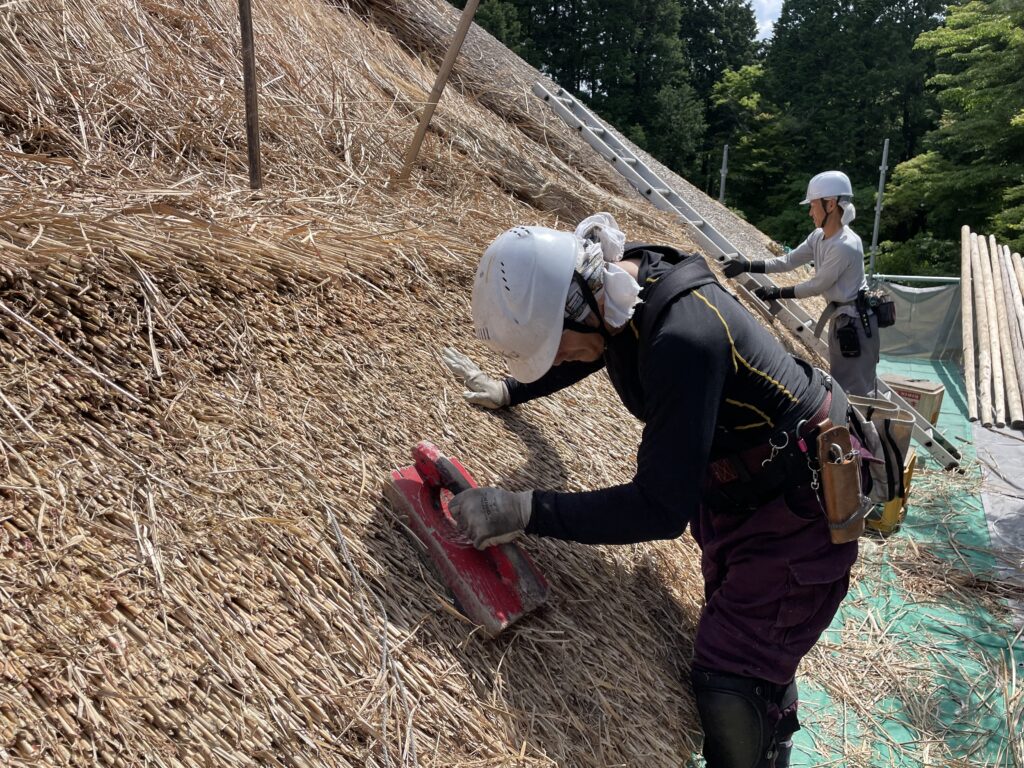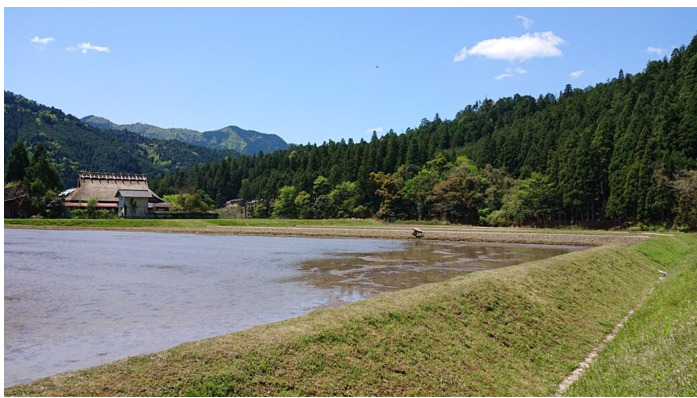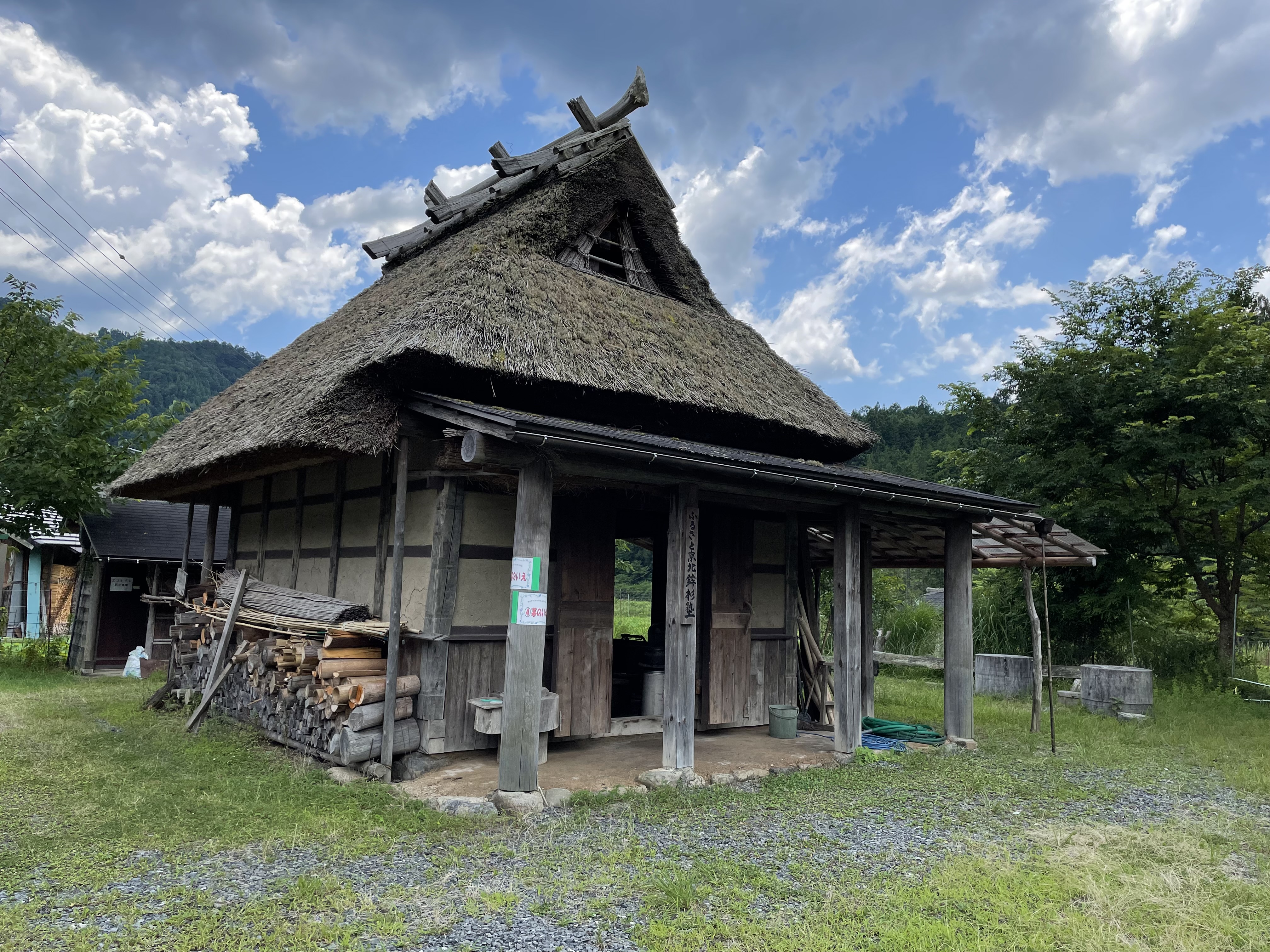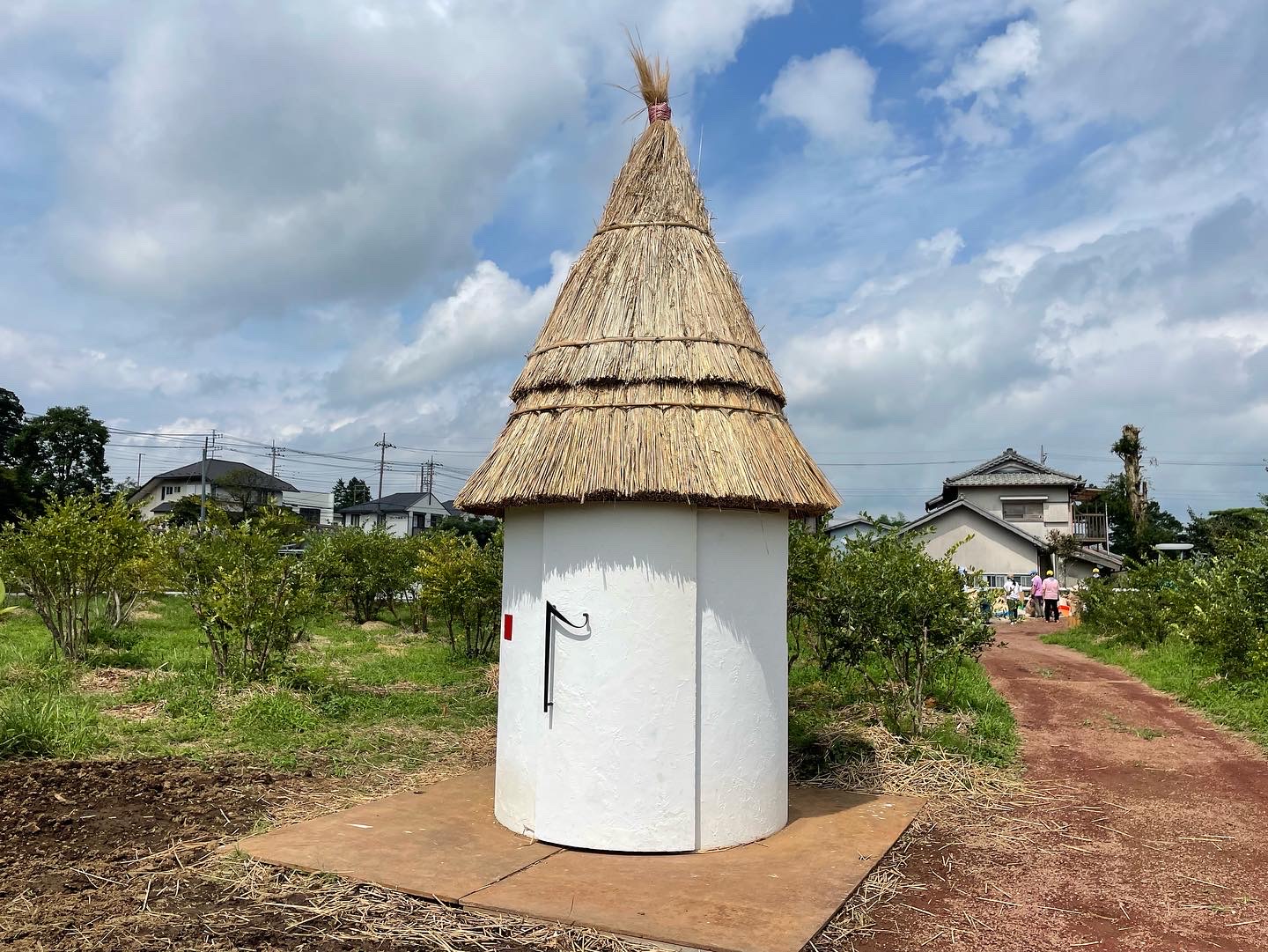The possibility of microbial environments in thatched houses that create human health.
Scientific research into the microbial environment has revealed that traditional architectural and environmental practices such as thatched roofs have the potential to contribute to human health.
Thatch is a collective term of roofing material that harvested in the local area and the specific plant is depending on each climate in the local. In Japan, we can find Japanese pampas grass, reed, rice straw, wheat straw, bamboo grass, and some more plants that are perennial grasses of the Gramineae family.
Rice straw produces the bacillus natto, which is the source of natto (fermented soybeans) and the bacillus natto boosts the immune system, but research conducted by the Graduate School of Agriculture, Kyoto University, has revealed that the bacillus natto is also produced from Japanese pampas grass.
Research by Kyoto University, Hiroshima University, Hiroshima Institute of Technology, and others has also shown that the microbiological environment inside a traditional thatched house is almost the same microbiological environment with the outside the house, and that there are many naturally occurring micro-organisms inside the house and no pathogenic bacteria can be seen growing, including in the water area (*1).
In general, for the modern houses, microbiological environment are different from the inside and the outside. There are many micro-organisms of human origin and lack of diversity in the environment inside the house and natural origin and much of diversity in the environment outside the house. And more, pathogenic bacteria often grow inside the house especially in the bathroom. However, the opposite result was found in the thatched houses and the human and natural micro-organisms are kept in balance and the environment is disease-preventive.
From the above, there can be possibility that traditional thatched roofs have the possibility to maintain human health. In addition, it was found that people living on thatched roofs have a longer life expectancy and are more energetic than people living in ordinary housebuilders or concrete flats by interviewing to thatchers and those people who live on thatched roofs.
Although further research is needed, it is thought that there may be a relationship between the bacteria from the materials that make up thatched roofs, including thatch, wood, bamboo and soil, and the bacteria in the gut.
According to testimonies from thatched roof dwellers, if they put thatch what taken off from the roof into rice paddies and fields as fertilizer, crops grown will grow in a way that suits the physical condition of the people who grew them.
In the other hand, recent science is gradually revealing that the human body contains several hundred trillion bacteria, about 90% of which are found in the gut, and that even the immune system and mental state of people are controlled by gut bacteria.
Another research has revealed that the gut bacterial flora is floating around the human body, enveloping a radius of 1m. In the other hand, a house that is no longer inhabited will decay after about five years.
There may be possibility that something emanating from people is affecting the house. It is possible that these gut bacteria and the bacteria from architecture have a symbiotic relationship and may be mutually beneficial to keeping better condition and longevity both of human and architecture.
Influence of intestinal bacteria is including:
Increase of immunity
Prevention of obesity and diabetes
Improvement of mental and emotional behavior
Support of brain activity and learning function
Through furthermore research, we would like to clarify the relationship between people, architecture and the natural microbial environment, and make use of further findings in the future house, landscape, regional planning, urban design, and national land development.
For example of application the research findings to the design, please refer below.
ONE HEALTH WELFARE FACILITY CENTER
https://regreen.design/en/project/one-health-welfare-facility-center/
ONE HEALTH FOREST
One Health Forest
*1 Daisuke Ogura, Fumito Maruyama et al(2021), “Relationship between the Microbiome and Indoor Temperature/Humidity in a Traditional Japanese House with a Thatched Roof in Kyoto, Japan”, Diversity 2021
For detail information about this research and proposal, please feel free to contact us.
